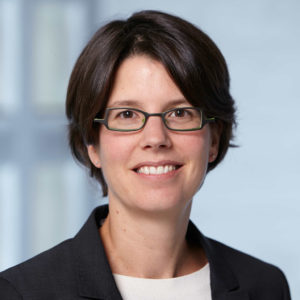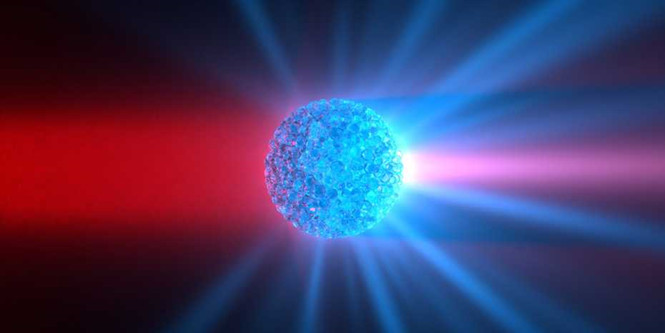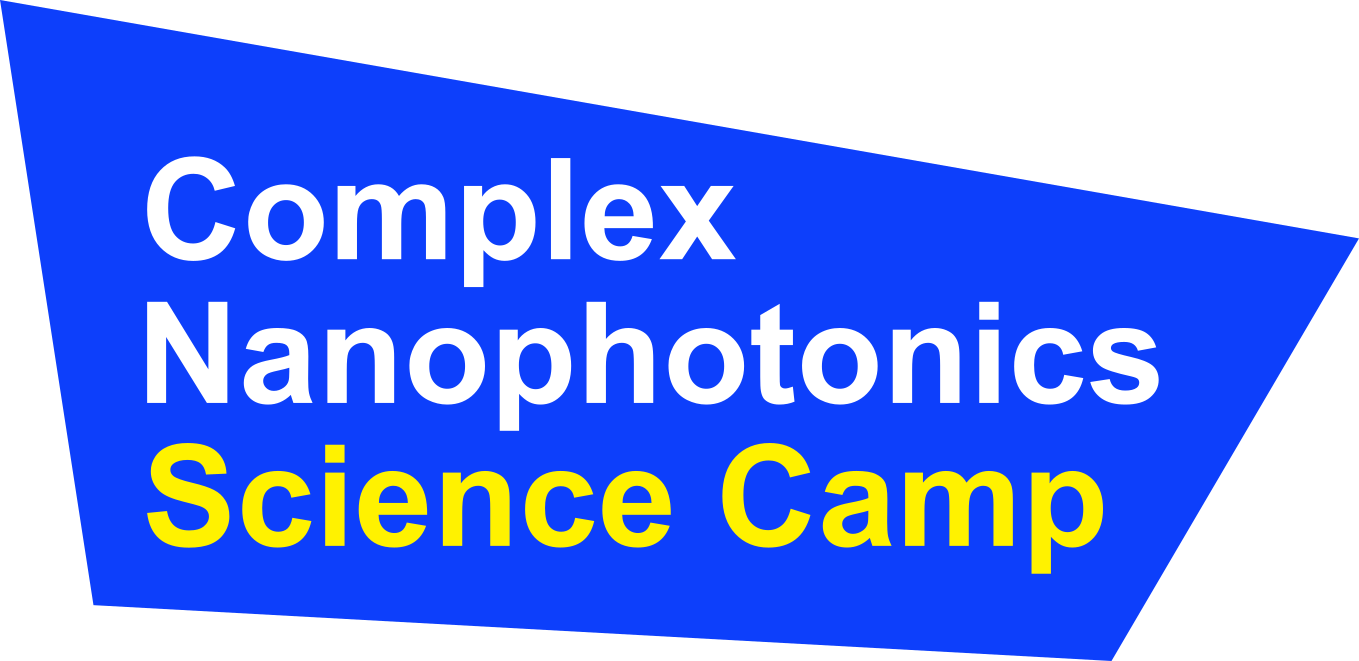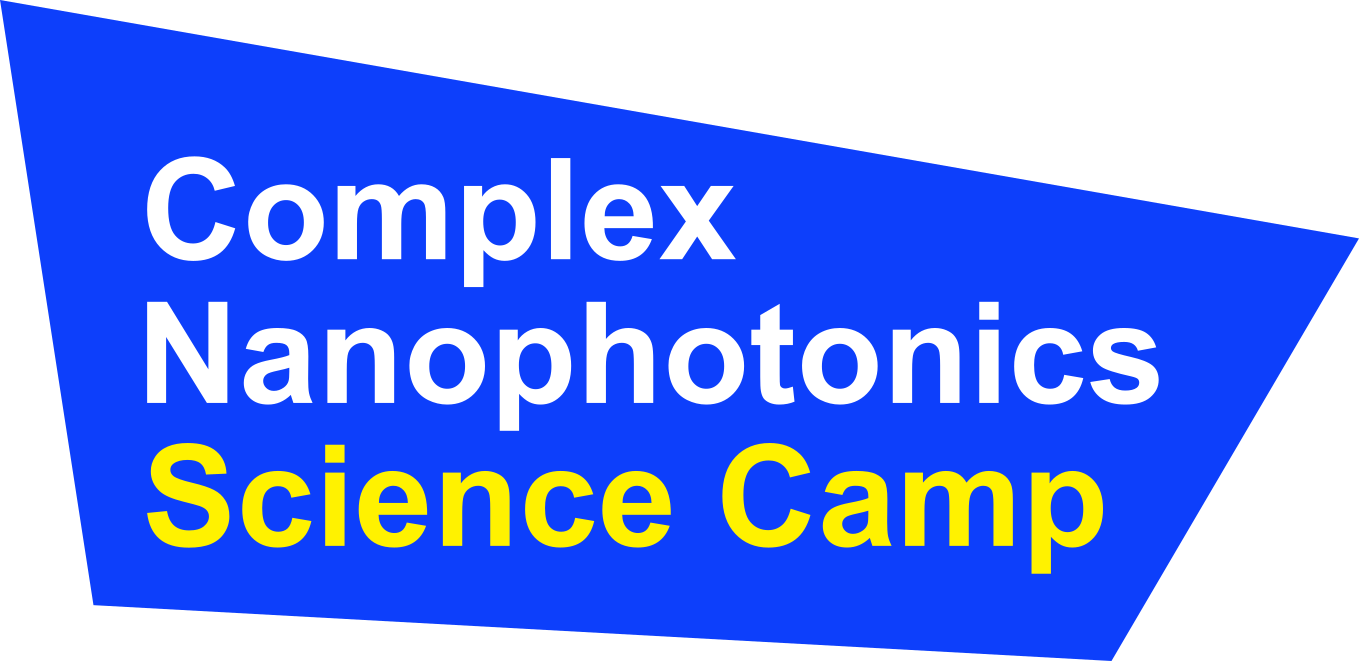
Nanoparticle assemblies for random quasi phase matching and electro-optic effects
Nonlinear and electro-optic devices are present in our daily life with many applications: light sources for microsurgery, green laser pointers, or modulators for telecommunication. Most of them use bulk materials such as glass fibres or high-quality crystals, hardly integrable or scalable due to low signal and difficult fabrication. Generating nonlinear or electro-optic effects from materials at the nanoscale can expand the applications to biology and optoelectronics. However, the efficiency of nanostructures is low due to their small volumes.
Here I will show several strategies to enhance optical signals by engineering metal-oxides at the nanoscale with the goal of developing nonlinear and electro-optic photonics devices for a broad spectral range. We use metal-oxides such as barium titanate (BTO) and lithium niobate (LNO) as an alternative platform for nanoscale nonlinear photonics. BTO and LNO are non-centrosymmetric materials with high refractive index and high energy band gaps. We already demonstrated linear Mie resonances in BTO and LNO nanostructures, such as nanospheres or nanocubes. Recently, we focused on bottom-up assemblies of BTO nanoparticles to obtain electro-optic metasurfaces and quasi phase matching effects (Fig.1). We measured an electro-optic response in assembled nanostructures as strong as certain other perfect crystalline structure.
The field of metal-oxides at the nanoscale has a huge potential of applications in nanophotonics, integrated optics and telecommunication.

Fig. 1: Schematic view of an assembly of BTO nanoparticles for Mie driven random quasi-phase-matching. (Savo et al. Nature Photonics 14, 740, 2020)
Biography
Since 2021, Rachel Grange is an associate professor in the field of integrated and nanophotonics in the Department of Physics at ETH Zurich (Switzerland). She has been Assistant Professor at ETH Zurich since 2015. From 2011 to 2014, she was junior group leader at the Friedrich Schiller University in Jena (Germany). During her post-doc at EPFL (Switzerland), she worked on nonlinear bioimaging with metal-oxides nanoparticles from 2007-2010. She received her Ph.D. in 2006 from ETH Zurich on ultrafast laser physics. Her research covers material investigations at the nanoscale, top-down and bottom-up fabricated nanostructures with metal-oxides, mainly lithium niobate and barium titanate. Recently, she worked on an integrated electro-optic spectrometer and on random quasi-phase matching phenomena in complex assemblies of nanocrystals.
Website
Affiliation
ETH Zurich, Department of Physics, Institute for Quantum Electronics, Optical Nanomaterial Group, Switzerland
Category
Invited speaker, 2021


